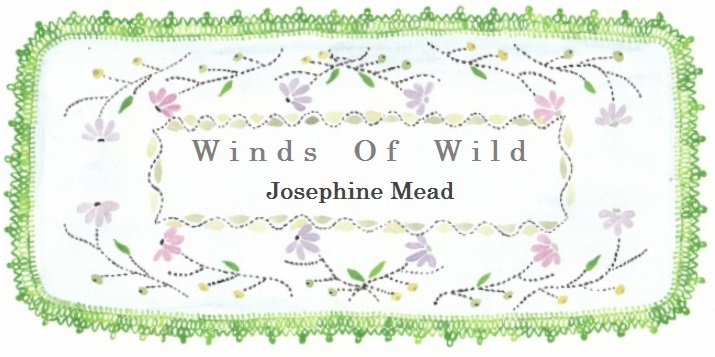The aesthetic experience received from art can be seen as both inextricably linked and fully differentiated from the aesthetic experience received from nature. The profound influence that nature has had on art throughout history has lead to a blurred line of emotions that we distinguish between art and nature.
Ultimately, the factors that differentiate these two aesthetic experiences are scale and purpose.
Art has the ability to focus. Whether it be focusing on a visual motif or color, a concept or a particular emotion- art usually speaks of something specific. Even when a piece of art is trying to be broad, to be limitless, the said intended broadness of the piece becomes a specific idea within itself.
Whereas nature is diffuse. The interconnectedness of nature is vast. The scale of nature is larger, the focus wider. The varying scale of natural experiences can be as minute as a single cell and invisible to the naked eye, or as vast and magnificent as a raging ocean. Ultimately these experiences are out of our control. We have not created them and we cannot always limit them. They are made up of many complex layers, so fragile they cannot be collectively discerned. Due to this, the aesthetic experience that we often encounter, within nature, is one of awe. The uncontrollability of natural environments leads to a physical, visual and emotional experience that is open. That has no set emotion or meaning. Aesthetics, a study of beauty, has gradually begun to encompass philosophy. It is often the lack of clear meaning and reason within a beautiful natural environment that moves us to feel and to think. The purpose of nature often seems to be to bewilder.
When confronted with beauty in nature we often feel simultaneously insignificant and connected to the complexities of the world.
When confronted with a specific piece of art, we are occasionally granted the opportunity to attain a higher understanding of these complexities. It is this understanding through imitation that moves us.
The aesthetic experience received from art is ultimately different to that received from nature because our human control over the two experiences are polar. Nature is entirely out of our control, whereas we know there is human touch and control over all pieces of art, whether through physical touch or conceptual decision. Whilst these two experiences can elicit the same emotions, these emotions are a product of different states.
-
Oil on Canvas
2011


No comments:
Post a Comment